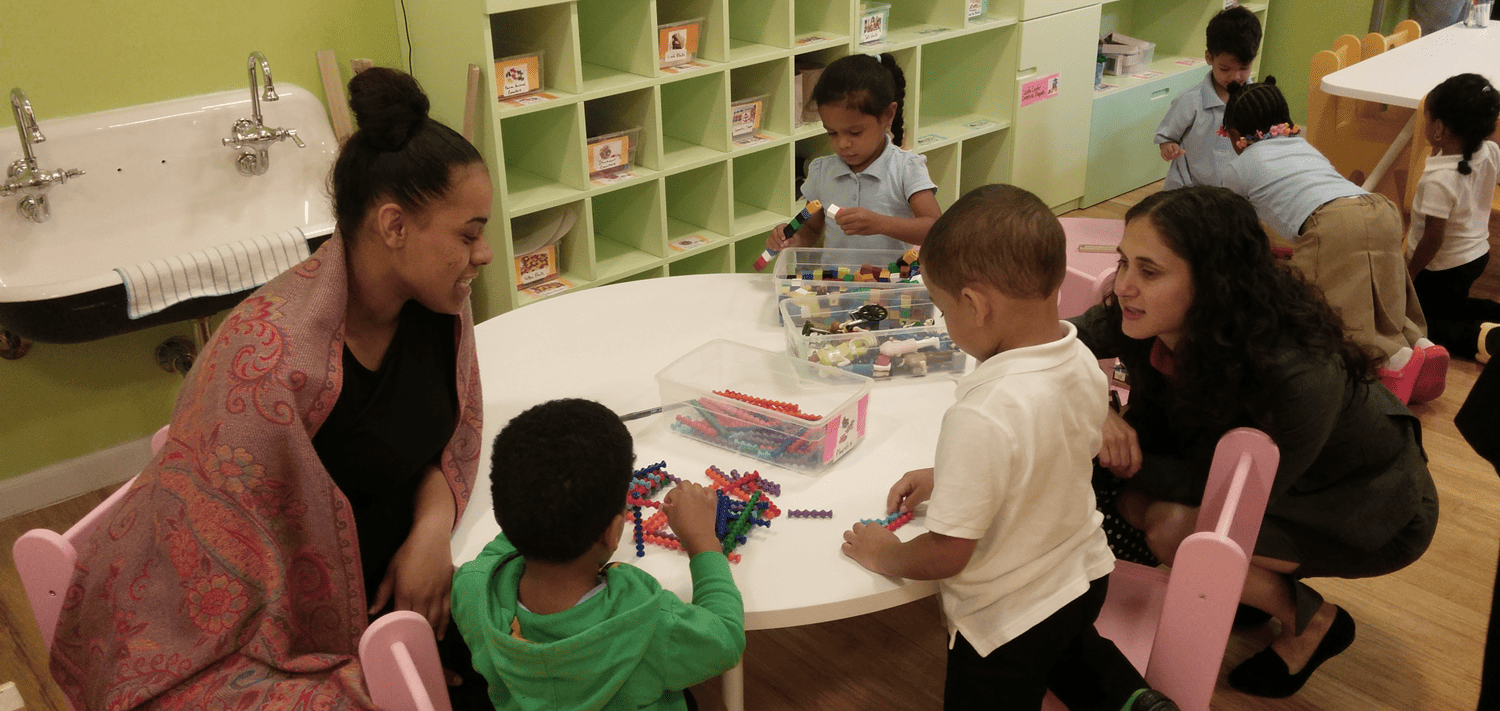On December 2, 2019 LIIF submitted a comment letter to the Department of Health and Human Services (HHS), Administration for Children and Families (ACF), in response to the request for information (RFI) on “Improving Access to Affordable, High Quality Child Care.” The RFI sought comments on a range of issues, including building the supply of child care, developing better child care business models, and ideas for alternative financing frameworks for child care and early education programs.
The CDFI sector has an important role to play in ensuring that child care facilities are high-quality, accessible and affordable. Over the last 25 years, LIIF has invested $153 million in early care and education (ECE), creating 271,000 slots and generating $26 billion in benefits to society and families. These investments in ECE create both immediate and long-lasting benefits for individuals and society, in the form of children’s social and intellectual development, parent’s ability to participate in the workforce and providers’ ability to operate a business and create jobs.
Summary of LIIF Comments
- Facilities are a critical part of the broader ECE conversation and are directly tied to the quality of a program and the health and safety of children and workers.
Research shows that developmentally appropriate environments improve learning and development among children. The physical environment of child care centers is also critical to caregivers’ ability to fully engage with children in a meaningful way.
- Despite the clear importance of ECE facilities, there is currently no dedicated source of federal funding for ECE facilities, which creates barriers to providers entering and staying in the market.
The lack of dedicated federal funding for acquiring, developing, and renovating ECE facilities is one of the most significant barriers to greater success in the ECE industry. Many ECE providers also lack the capacity to fully engage in the real estate market and encounter barriers like creating an operating budget, developing and implementing information systems, working with an architect and engaging with the regulatory bodies that oversee building codes. Providers need access to technical assistance and capacity building resources that allow them to participate in the real estate process and grow their organizational resources to a sustainable level.
- Federal resources for investing in child care facilities – including dedicated support for technical assistance and capacity building – will be most effectively accomplished if done through an intermediary structure.
LIIF and our community development financial institution (CDFI) partners have proven that technical assistance, business capacity building and subsidized capital for acquisition, development and rehabilitation can fundamentally transform a provider’s ability to create and sustain a high-quality ECE business. CDFIs have experience administering capital dollars efficiently and effectively and can leverage additional funding to amplify the impact of any federal dollars invested in child care facilities. But without subsidized capital to support providers and their facility’s needs, it is simply not economically feasible to build high-quality child care in many areas of the country.
LIIF strongly supports the congressional recommendations outlined in the Bipartisan Policy Center’s (BPC) May 2019 report, “Improving Quality and Availability of Early Care and Learning Facilities,” which includes the creation of a federal competitive grant program, administered through intermediaries like CDFIs, to support center-based and family child care construction and rehabilitation.
- All levels of government have a role to play in improving providers’ ability to access capital that supports high-quality facilities and sustainable business growth.
In the absence of dedicated federal funding for ECE facilities, some states and localities have already taken steps to enact resources for ECE facilities. A successful example of capital grants for ECE providers is the Access to Quality Child Care Expansion Grant (“A2Q Grant”) in Washington, DC. The DC Office of the State Superintendent of Education (OSSE) awarded the A2Q Grant to LIIF, and LIIF uses the funds to provide capital grants for building, renovating, and expanding child care facilities, as well as business capacity building and technical assistance to center and home-based child care providers throughout the city. Examples of LIIF’s work with providers include helping them build a sustainable operating budget, working with an architect to understand expansion feasibility, communicating with DC regulatory agencies throughout the facilities process and planning for ongoing business operations.
Programs like DC’s A2Q Grant are indicative not just of the pressing need for ECE facilities resources, but also the tremendous benefits that come from structuring this funding through intermediaries. It is past time for the federal government to enact dedicated money that allows successful ECE facilities models to grow to scale.
LIIF is pleased that the Administration is focused on this issue and we look forward to working with the Administration and our partners to improve access to affordable, high quality child care.
Read the full comment letter.
